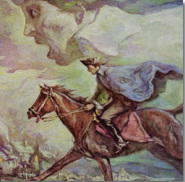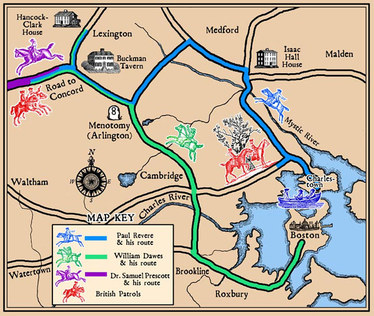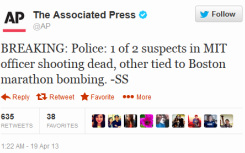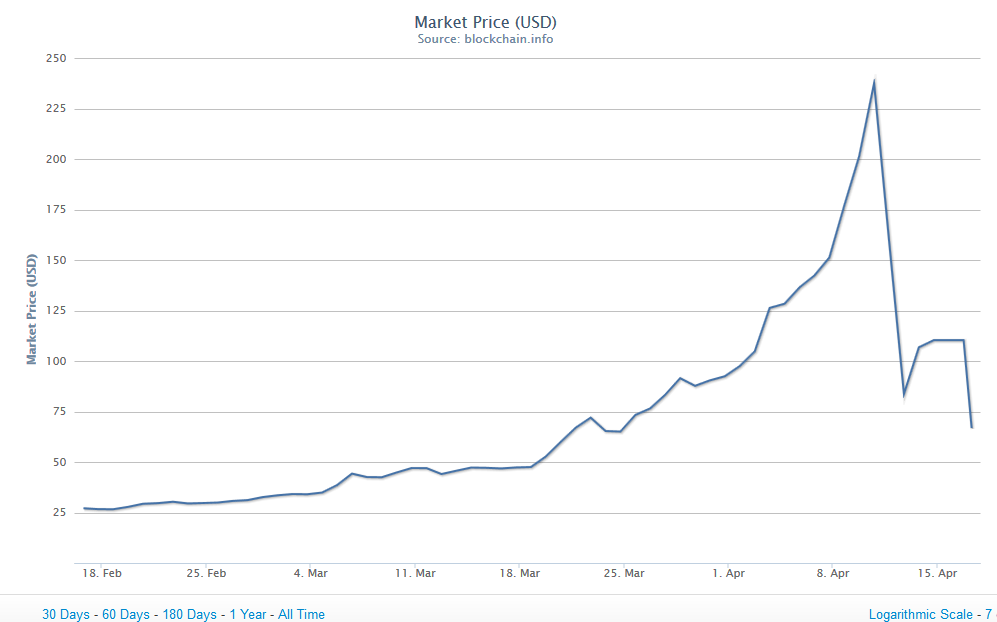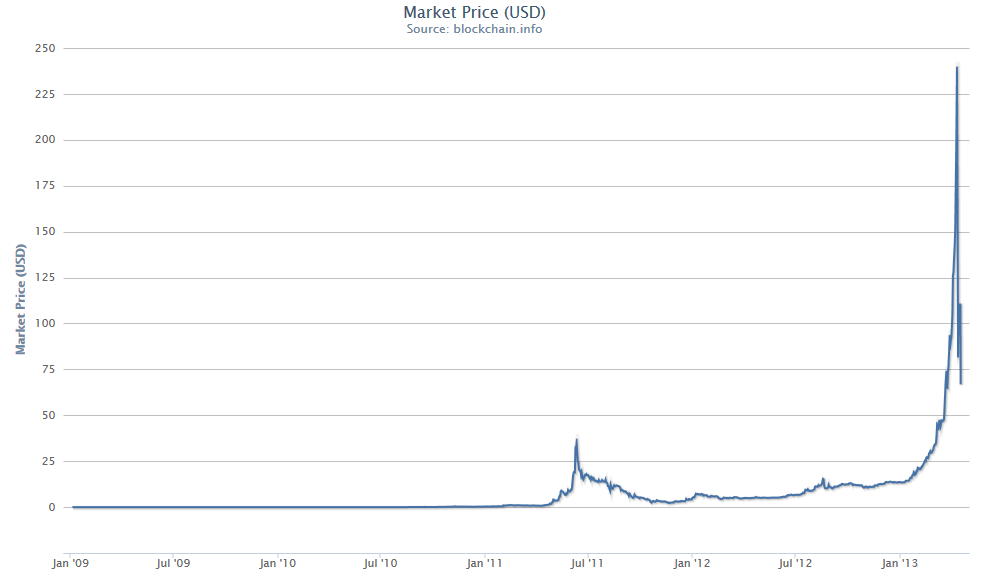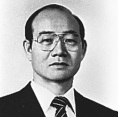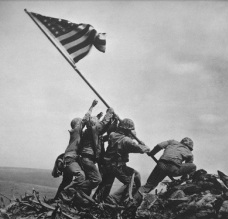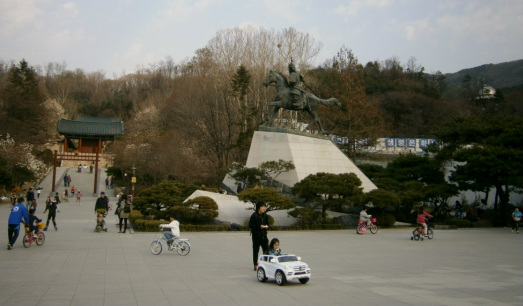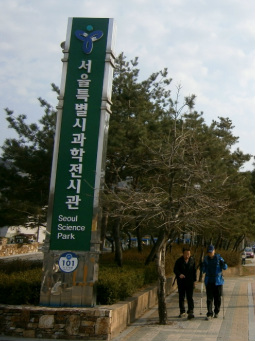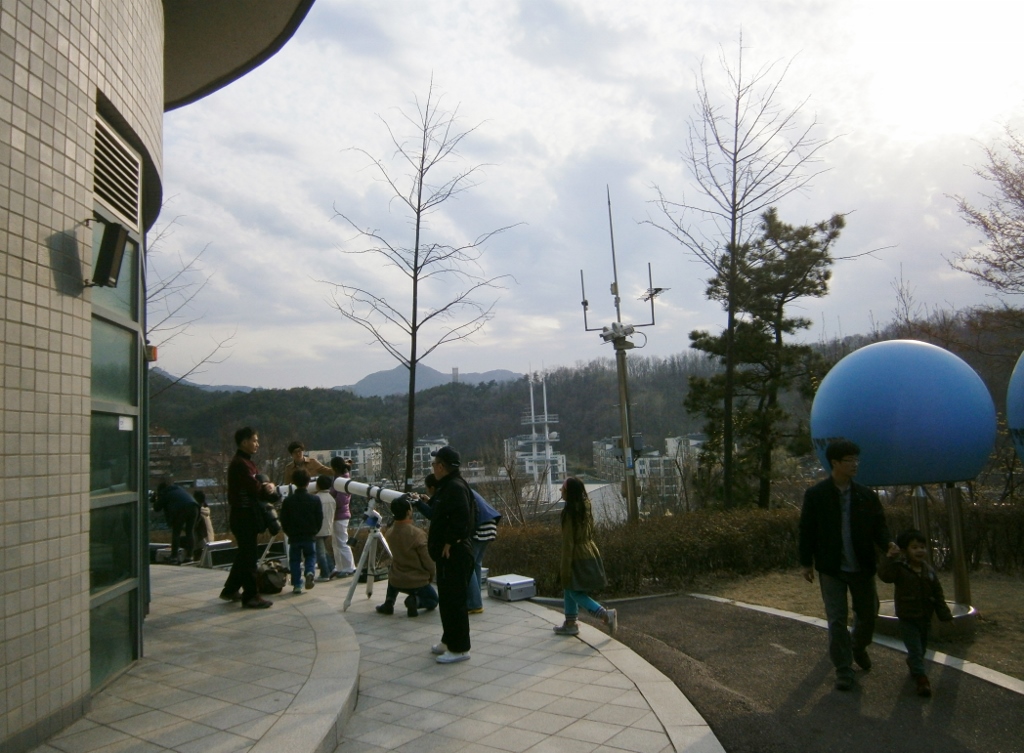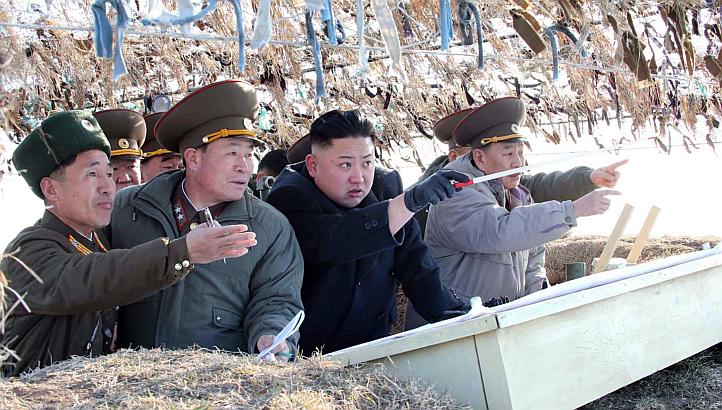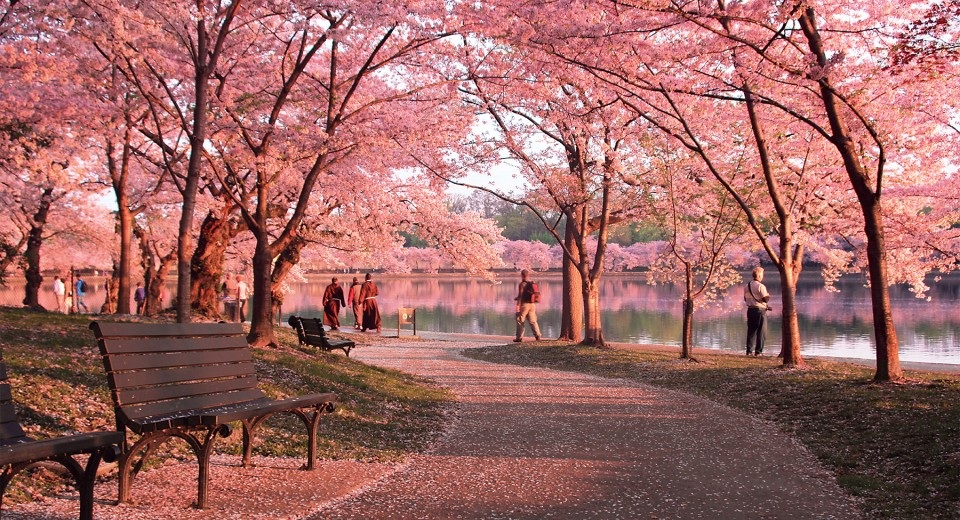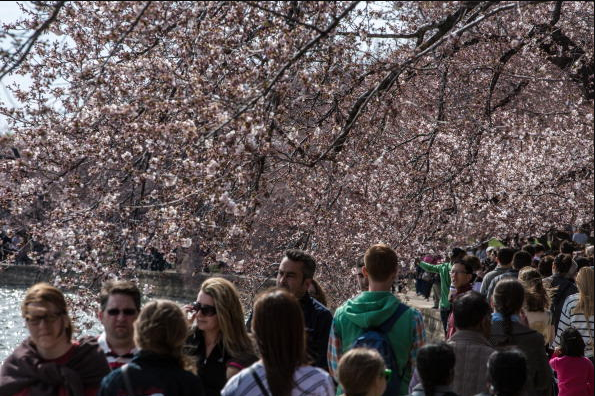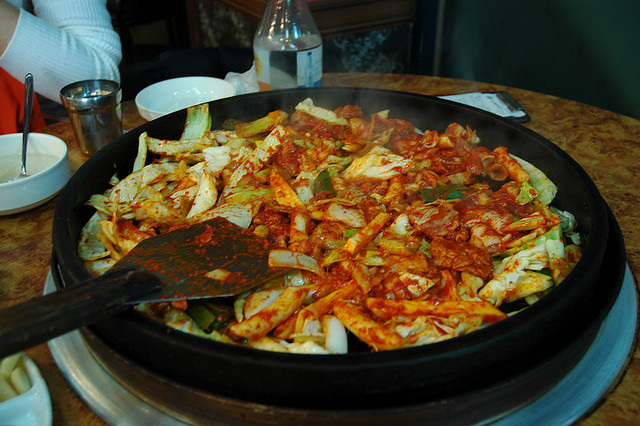In fact, the phrase “watch out when you wind down” does not appear on the Internet as of April 19th, 2013.
I will transcribe the lyrics myself: [Read more]
Watch Out When You Wind Down / LYRICS
You climbed the spiral rope right to the top
But the rope’s straight down when you drop
Your grass is green but winter turns it brown
You’re wound up now, but watch out when you wind down~
When you left I knew I’d have to make a change
So I found another gal to take your place
If you come back you’ll be on rugged ground~
You’re wound up now, but watch out when you wind down
[Banjo]
You looked me in the eye the day you left
You said “If that’s your best, then you need help”
You’re looking for a life that can’t be found
You’re wound up now, but watch out when you wind down
When you left I knew I’d have to make a change
So I found another gal to take your place
If you come back you’ll be on rugged ground~
You’re wound up now, but watch out when you wind down
[Banjo]
You’re wound up now, but watch out when you wind down
You’re wound up now, but watch out when you wind down [End]
_____________________________________________________
I see in this song several messages:
(1) Success is fleeting. (“The rope’s straight down when you drop” / and the line about grass). “Hic transit gloria”.
(2) Beware of wanting too much, for it’s very possible “it can’t be found”
(3) Don’t get too excited about things in a negative way (“wound up”), or if you do don’t do anything too belligerent — as the woman-subject of the song did — because when things settle down (“wind down”), you’ll probably regret it.

